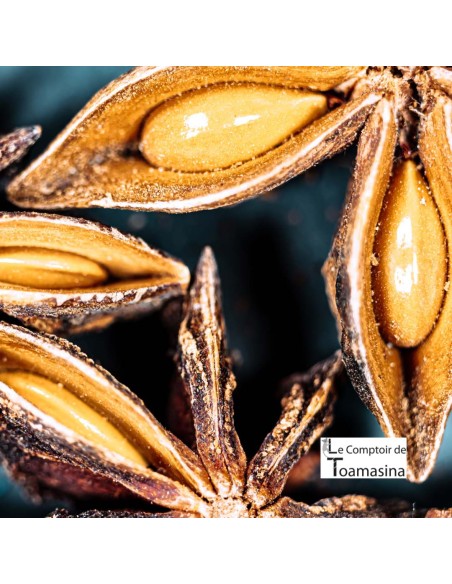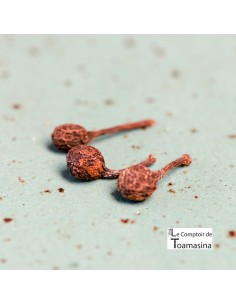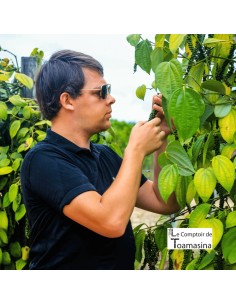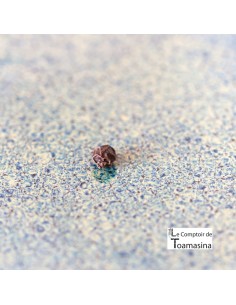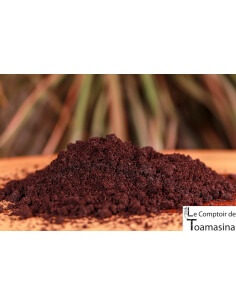Star anise, the fruit of the Chinese star anise tree , has become one of the most popular herbal teas today. This evergreen shrub, native to China and Vietnam, thrives in mild climates and acidic soils , and can even be grown in the south of France, near the Mediterranean.
The star anise fruit, also called star anise because of its star shape, has a taste reminiscent of anise and licorice.
Although it is commonly used in pastries and savory dishes, it is especially in herbal teas that star anise is particularly appreciated. Its aniseed flavor comes from anethol, an essential oil contained in the fruit, and each star contains a brown seed, less aromatic than its envelope.
Star anise, very fragrant with aromas of licorice and fennel, perfectly balances its fresh and sweet notes, giving it distinct aromas. Coming from the Chinese badian tree, known by the botanical name Illicium verum, the fruit forms an eight-pointed star, and its flavor is especially concentrated in the husk.
The star anise harvest is done twice a year in China, between April and October, and all stages of production are manual, with drying in the sun. The main producing provinces are Fujian, Guangdong, Guangxi and Yunnan. Originally from China, star anise is called “Badjiao” in Chinese, meaning “Eight Horns” in reference to its eight starry branches. Introduced to Europe by Marco Polo in the 14th century, it was rare and expensive in the Middle Ages, considered an exceptional spice. It was only during the Renaissance, with its importation by the English, that its consumption became democratized in Europe.

